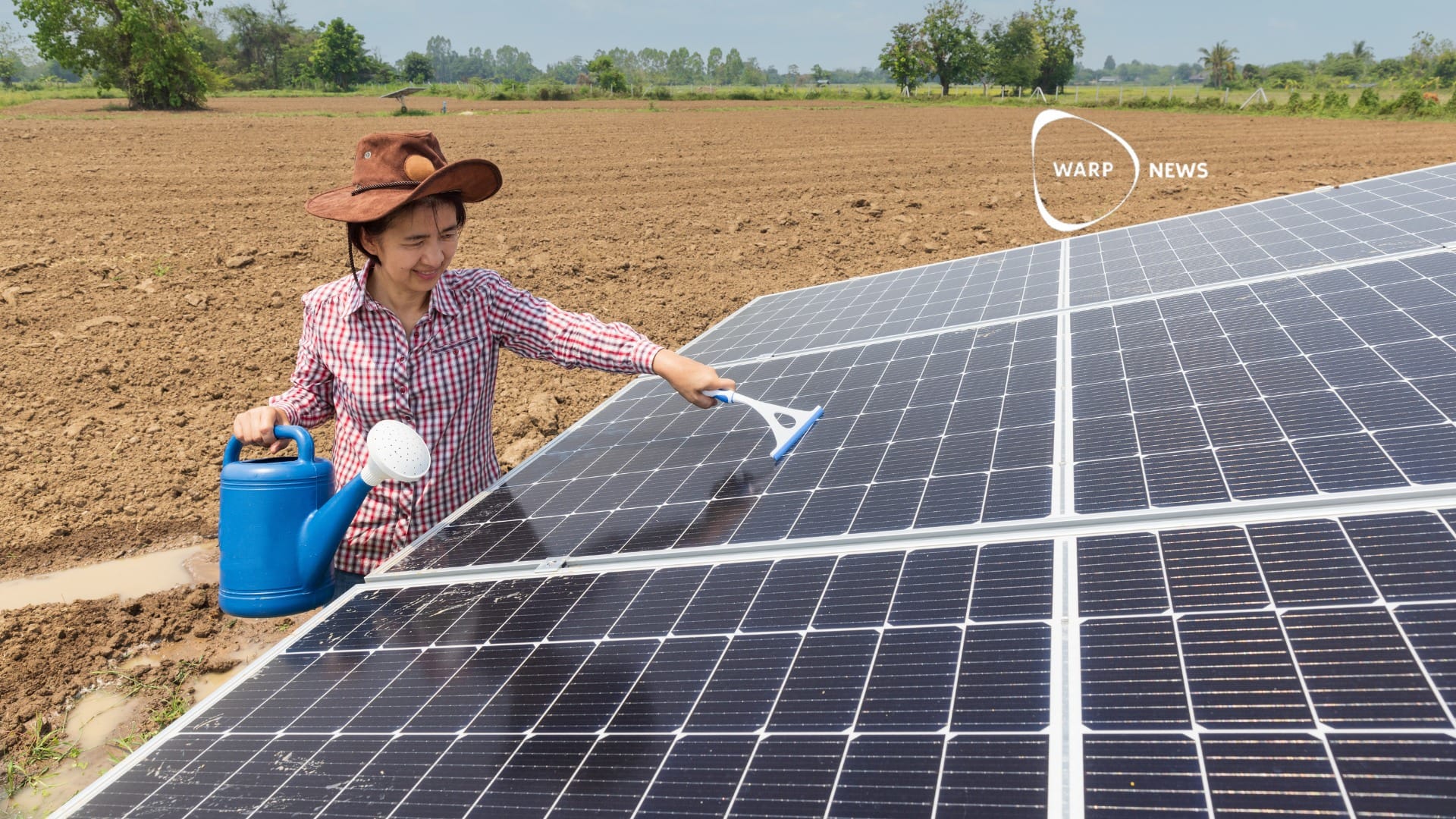
🗑 Now we can turn garbage into the super material graphene
A new method allows us to massproduce graphene with food waste and other garbage as raw material.
Share this story!
Graphene is a material that, in its purest form, is stronger than steel and conducts electricity better than copper.
The problem is that it is difficult to mass-produce high-quality graphene, but now researchers at Rice University have found a method that can increase production thousandfold.
And the raw material can be anything from old car tires to coffee grounds.
Today's manufacturing methods yield no more than one or a few grams of graphene per day, but the researchers expect their method to be able to generate one kilogram of graphene every day. It is a type of graph called a turbostratic graph.
This kind of graphene is very well suited for mixing with other materials and thus improving their properties.
For example, by mixing as little as 0.5 percent graphene in the cement contained in concrete, it is possible to increase the compressive strength by 25 percent and reduce the environmental impact of cement production by one third.
As cement production accounts for eight percent of humanity's carbon dioxide emissions, this could have a major impact on our climate impact.
An additional advantage of the new method is that it can use anything containing carbon as raw material. This means we can take food waste, plastic bags, wood chips, old car tires and more and transform it into a material that can improve concrete, asphalt, fabrics, plastics and much more. So waste materials that have been deposited can instead be reused and become a super material.
By Kent Olofsson
Want to get a dose of fact-based optimism in your mailbox once a week? Don't miss subscribing to our newsletter.
Warp News is run by the nonprofit Warp Institute, headquartered in Stockholm, Sweden and Raleigh, North Carolina, United States.
The world is better now than ever before! But most people still have a negative view of the future. We think one important reason is the negative bias in news media.
Warp News balances that by delivering fact-based optimistic news.
By becoming a premium supporter, you help in the creation and sharing of fact-based optimistic news all over the world.


